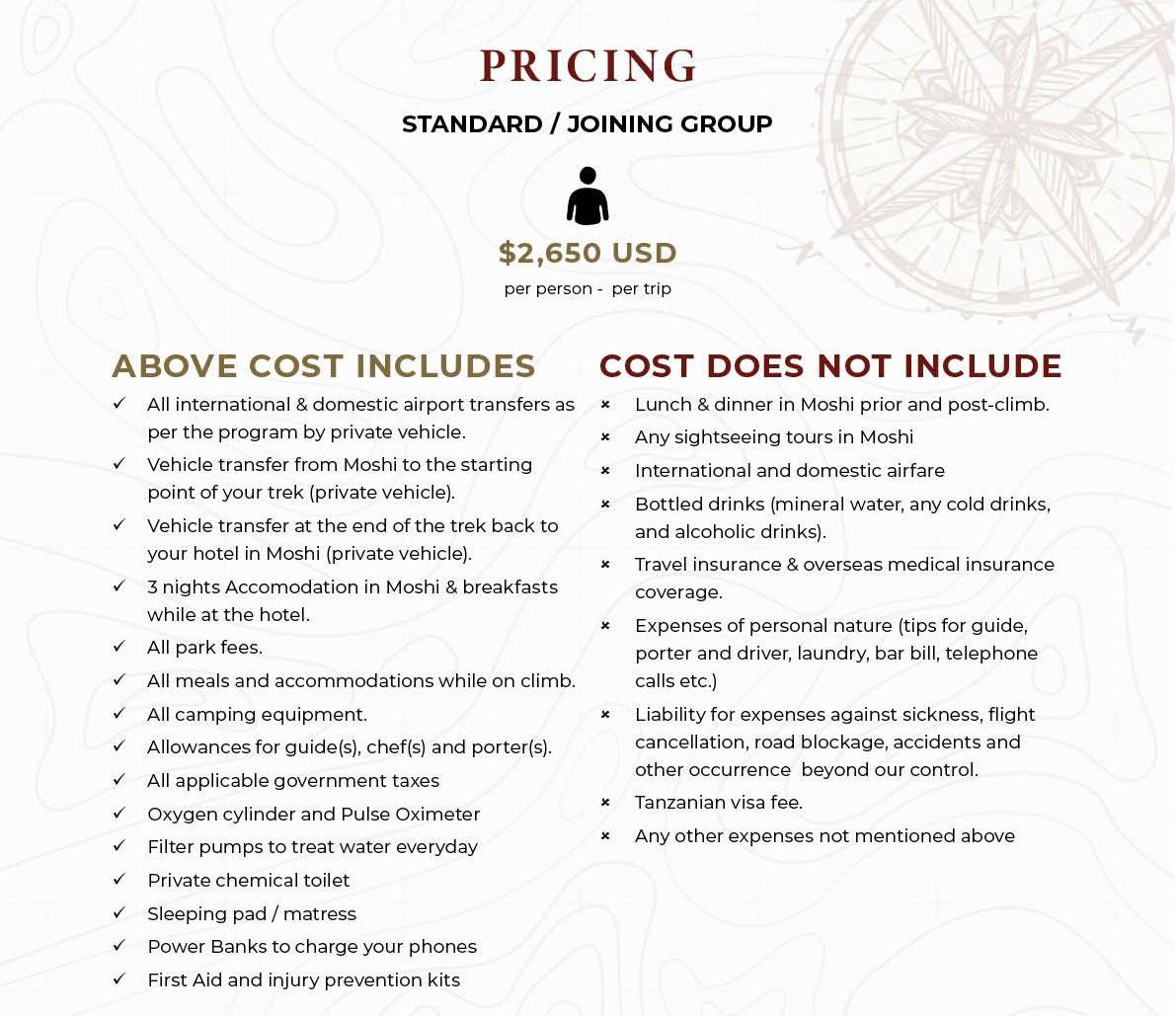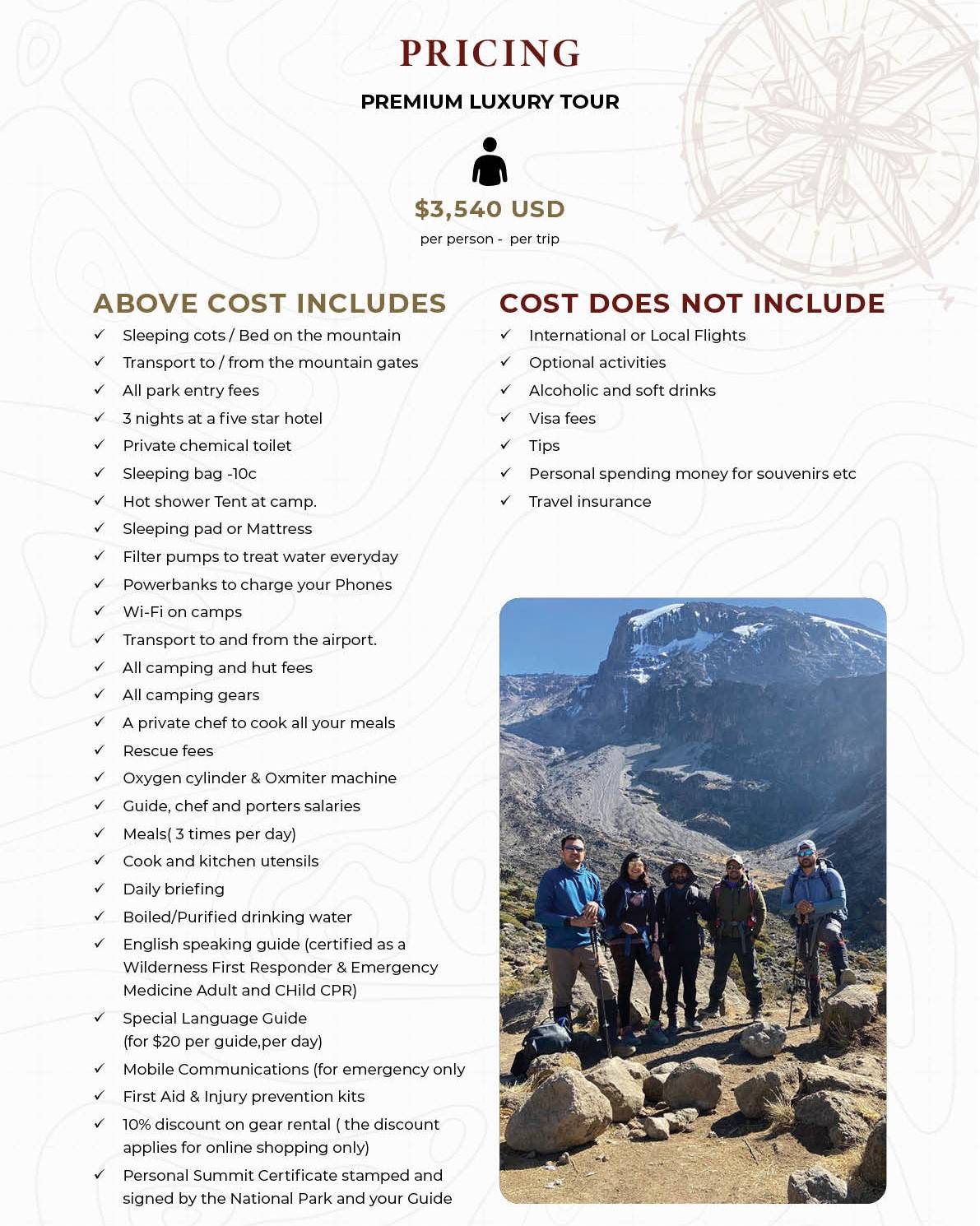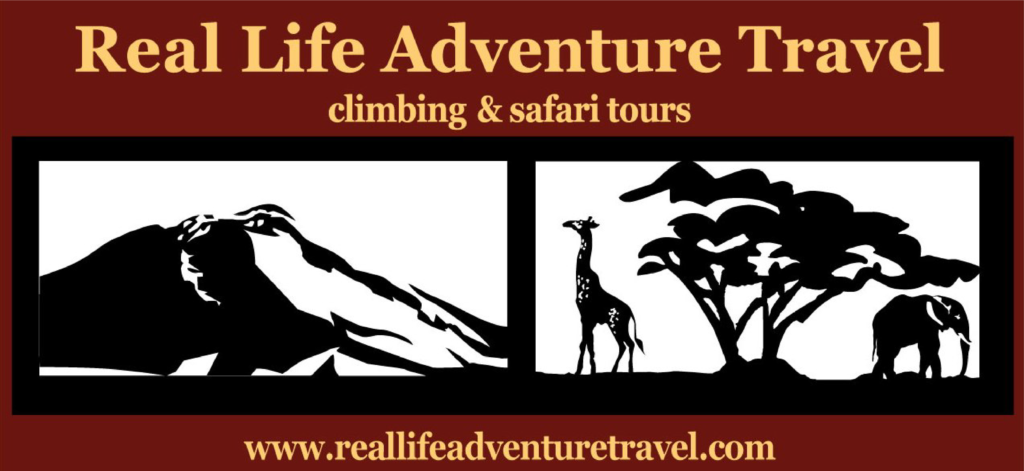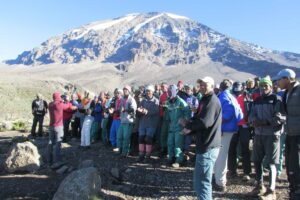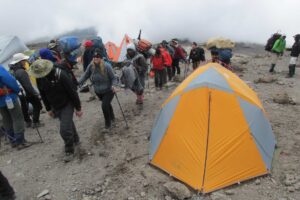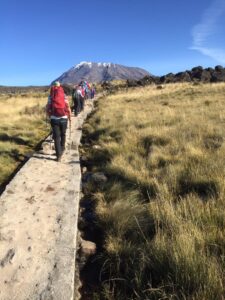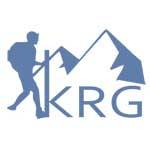Tour Overview
- Max Altitude: 5895m
- Transport: To & From the mountain
- Meals: Full board
- Max Altitude: 5895m
- Transport: To & From the mountain
- Meals: Full board
With fewer than 10 percent of climbers on this trail and the potential to see a variety of wildlife through dense jungle, Lemosho is our favorite way to enter the mountain. At 72 km (almost 45 miles), the longer route allows for more thorough acclimatization and a higher success rate to the summit.
The trail passes through five ecosystems, from dense forest and heather up through alpine desert and the glorious summit. Explore the many variations in landscape and climate on the way up the mountain and spend time capturing breath-taking photos of your surroundings as you move from jungle, to high desert, to snowy terrain on one of the more exciting routes on the mountain, but still manageable by the average adventurer.
route map
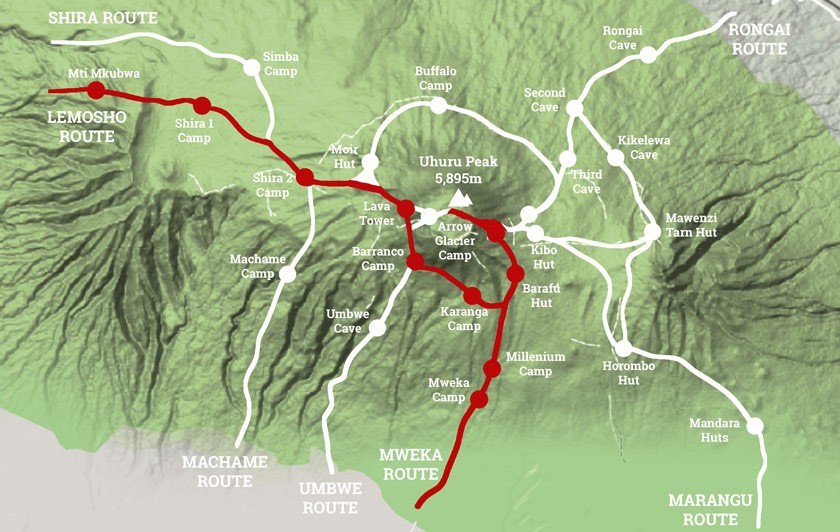
ITINERARY / tour schedule
Welcome to Moshi- the more quaint, laid-back of the small towns sitting at the base of the famed Mount Kilimanjaro! Upon arrival in Kilimanjaro International airport you will be met by our Real Life Adventure Travel representatives, who will provide transportation to your hotel. No activities are planned for the day. You are free to explore picturesque downtown Moshi.
Group briefing and pre-trip discussion. You will be introduced to your trekking guide, have a comprehensive gear check. You are free to explore some more, take part in informal group tour around town; visit the market or a local coffee shop for lunch. Moshi is a relatively small, comfortable city that has a reputation for being somewhat laidback compared to it’s sister city of Arusha so fee free to wander. There will also be time to do last-minute shopping for the trek if needed.
Depart Moshi for Londorossi / Lemosho Gate, which takes about 4 hours, where you will complete entry formalities. With flora and fauna heavier and richer here than on any other route through the thick rainforest, the Lemosho Route cuts through underbrush that is so untouched it at times grows right across the narrow trail. After 3 to 4 hours, we’ll reach our camp, Mti Mkubwa, which means “Big Tree” in Kiswahili.
We continue on the trail leading out of the forest and into a savannah of tall grasses, heather, volcanic rock draped with lichen beards. Ascending through the lush rolling hills and cross several streams, we reach the Shira Ridge before dropping gently down to Shira 1 camp. The view of Kibo from across the plateau is amazing.
After breakfast we head east across the Shira Plateau and past the Shira Cathedral to Shira Camp. Shira is one of the highest plateaus on earth. It is about a four-hour hike to camp. On the way we pass the first of many Giant Senecios, some of Kilimanjaro’s otherworldly massive plants.
After breakfast we head east across the Shira Plateau and past the Shira Cathedral to Shira Camp. Shira is one of the highest plateaus on earth. It is about a four-hour hike to camp. On the way we pass the first of many Giant Senecios, some of Kilimanjaro’s otherworldly massive plants.
After breakfast, we leave Barranco and continue on a steep ridge passing the Barranco Wall, to the Karanga Valley campsite. This is a short day meant for acclimatization.
After breakfast, we leave Karanga and hit the junction, which connects with the Mweka Trail. We continue up to the Barafu Hut. At this point, you have completed the South Circuit, which offers views of the summit from many different angles. Here we make camp, rest, enjoy dinner, and prepare for the summit day. The two peaks of Mawenzi and Kibo are to be seen from this position.
Very early in the morning (midnight to 2am), we continue our way to the summit between the Rebmann and Ratzel glaciers. You head in a northwesterly direction and ascend through heavy scree towards Stella Point on the crater rim. This is the most mentally and physically challenging portion of the trek. At Stella Point (18,600 ft), you will stop for a short rest and will be rewarded with the most magnificent sunrise you are ever likely to see (weather permitting). From Stella Point, you may encounter snow all the way on your 1-hour ascent to the summit. At Uhuru Peak, you have reached the highest point on Mount Kilimanjaro and the continent of Africa. Faster hikers will see the sunrise from the summit.
From the summit, we now make our descent continuing straight down to the Mweka Hut camp site, stopping at Barafu for lunch. You will want gaiters and trekking poles for the loose gravel going down. Mweka Camp is situated in the upper forest and mist or rain can be expected in the late afternoon. Later in the evening, we enjoy our last dinner on the mountain and a well-earned sleep.
After breakfast, we continue the descent down to the Mweka Park Gate to receive your summit certificates. At lower elevations, it can be wet and muddy. Gaiters and trekking poles will help. Shorts and t-shirts will probably be plenty to wear (keep rain gear and warmer clothing handy).
For those returning home, will be tranfered to the airport to catch your flight. For those going on a safari or Zanzibar will be picked up at your hotel on the next day for your trip.
package price
